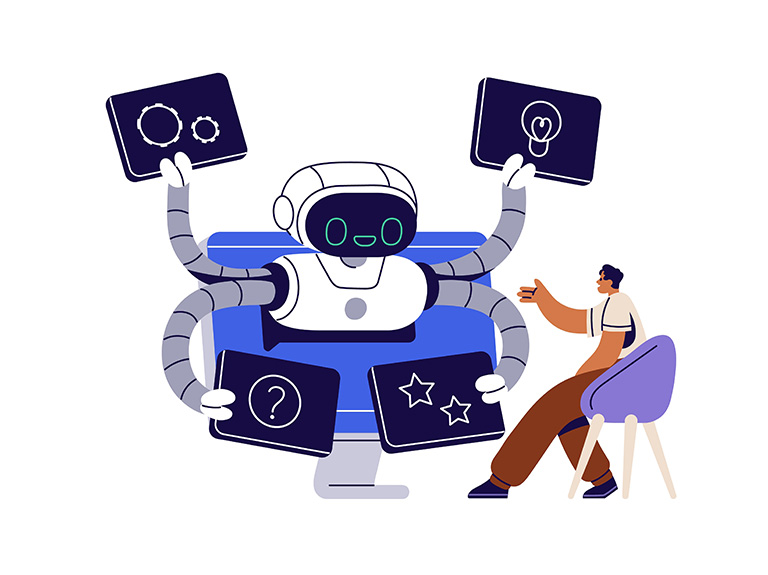Artificial intelligence (AI) has roared up and down the fabled Hype Cycle so many times over the last few decades that it might be better to call it a rollercoaster. As we crank up the hill one more time, it may well be that this time is different. We truly do seem to be on the verge of a new era. Investment is flowing in and AI is one of the hottest areas of research in the world.
But, it’s also important to take a hard look at the obstacles still in our path. And what it will take to get past them to a place where AI truly becomes a productive economic force.
We’ve been on this journey for a while. AT&T was one of the birthplaces of AI, thanks to the pioneering work of scientists and engineers like Claude Shannon back in the 1950s.
True AI was a breakthrough that always seemed to be just around the corner. And major advances were made over the years, in areas like speech recognition, search and deep learning. Computer systems can now talk to you on the phone, help you find what you’re looking for online and beat even the best human players at chess.
But true AI isn’t here yet.
What is “true AI”? We’re not talking about robot butlers or omniscient software programs. We’re talking about tools that can generate major economic benefits with minimal human interaction while safeguarding our privacy and security. Such as, identifying where to place micro or macro cells to get best quality mobile coverage, or even identifying cyberattacks from data before any damage can occur.
In truth, many of the things we think of as AI today in fact require people to manually input and structure massive amounts of data. The end user might be interacting with software, but behind the scenes, there are a lot of people sweating to make that software look smarter than it really is.
For example, even commercial AI solutions that are used today, such as virtual assistants and call routing systems, are developed on an enormous amount of data that is labeled manually. Extensive human effort goes into making one AI application a reality.
Our goal is to make building an AI tool as easy as building a website.
To that end, we recently launched a project with The Linux Foundation and Tech Mahindra called Acumos. Acumos is a marketplace for AI applications. Companies and developers can soon upload, download and chain AI applications, or “models,” from Acumos, just like they create and use apps on a smartphone.
By lowering that barrier to entry, we can encourage more companies to use AI, more jobseekers to launch careers in AI and more people to benefit from AI.
It’s easy to get caught up in the hype. AI is certainly an exciting field, and we’re just as enthusiastic about the potential as anyone else.
If we want to get beyond the hype, though, past both the irrational excitement and fears, we need to take a hard look at the challenges still ahead of us and figure out how to overcome them. Follow along with us as we lead the community towards collaboration and progress.

Mazin Gilbert - Vice President of Advanced Technology at AT&T Labs


